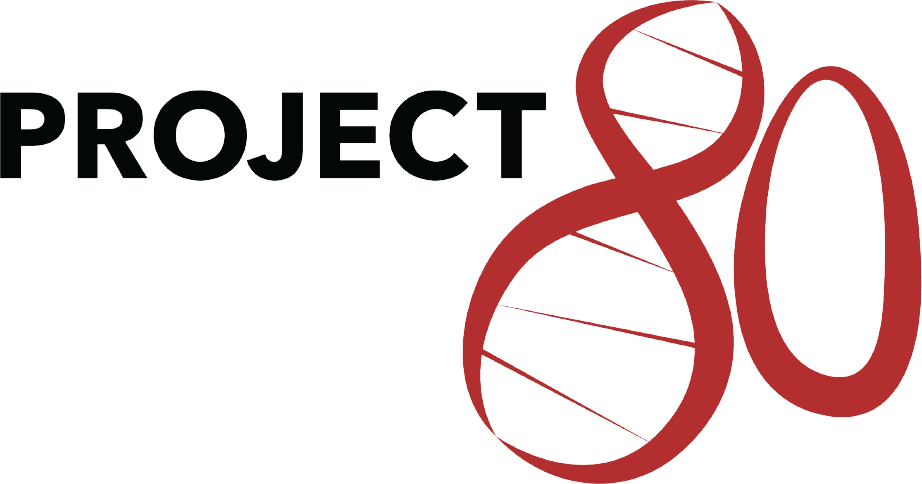The Blue Wave: How Blue Light Influences Teenage Sleep
Nine out of every ten high-schoolers suffers from sleep deprivation in the United States, meaning that over thirteen million American teens don’t get enough sleep each night (1). This has proven to conflict with the everyday life of teens inside and outside of the classroom. For example, driving, a key freedom of adolescence, was found by mythbusters Jamie Hyneman and Adam Savage to be more dangerous when sleep-deprived than while driving drunk (2). Studies have also found that sleep deprivation inhibits one’s ability to retain information in the classroom, as well as be successful on tests (3, 4).
While some may blame the large loads of homework or other reasons, there is evidence that teenagers experience a naturally late chronotype, or tendency to stay up and get up later than other age groups. Your circadian rhythm, or internal clock, is shifted slightly when you are a teenager. A review of studies from 2004 found that on average teenagers naturally go to bed an hour later and get up an hour later compared to adults in a controlled environment (3). The same study also identified many coinciding inclinations with this altered circadian rhythm, including severe sleep deprivation (4). If your body is programmed to go to bed late, but you get up early for school, you disrupt your circadian rhythm, and effectively cause sleep deprivation.
However, as technology becomes more and more prevalent in daily life, a new reason for altered circadian rhythm is emerging. The devices you use for homework and Instagram emit blue light, which inhibits your body’s production of melatonin. This hormone is essentially a measurement of how sleepy your body is, and is regulated by photoreceptors in your eyes. These receptors respond to light intensity, causing either an increase or decrease of melatonin in your body. It just so happens that these photoreceptors are very sensitive to the blue light device screens emit, and cause melatonin levels to drop even when your eyes have been exposed to the blue light for a short period of time. This is problematic because much of the homework we do is on computers, and we often use our phones late into the night to talk to our friends or watch videos. Due to the interaction of our eyes, screens, and melatonin, these actions make us feel less tired and cause us to go to bed later than we normally would.
Fortunately, scientists and companies have recently started looking for ways to combat the problem of blue light before sleep. A study from 2015 found that by using devices that block blue light such as glasses, the melatonin-suppressing side-effects of devices could be limited, decreasing melatonin suppression and increasing levels of wakefulness (4). Another study found that exposure to daylight early in the morning and avoidance of blue light caused decreased melatonin levels in the morning, leading to increased wakefulness amongst subjects (5). Furthermore, companies like Apple have recently enabled a “night mode,” where blue light emissions are decreased in hopes of decreasing melatonin suppression.
All of this is not to say that the problem will be solved easily. Technology has become such an integral part of the world around us, and that certainly won’t change in the foreseeable future. The amount of time that we spend on our computer each night doing homework, watching Youtube, or browsing Reddit means that the situation is not likely to improve quickly. However, we must consider how our habits affect the way we live and whether or not we are willing to do anything to change that.
(1): National Sleep Foundation. “2006 Teens and Sleep.” National Sleep Foundation, WBA Market Research, 2006, sleepfoundation.org/sleep-polls-data/sleep-in-america-poll/2006-teens-and-sleep.
(2): The Mythbusters. “Driving Tired.” Discovery, The Discovery Channel, 18 Sept. 2014, www.discovery.com/tv-shows/mythbusters/about-this-show/tired-vs-drunk-driving/.
(3): Foster, R. G., & Roenneberg, T. (2008). Human Responses to the Geophysical Daily, Annual and Lunar Cycles. Current Biology, 18(17), 784–794. https://doi.org/10.1016/j.cub.2008.07.003
(4): Van Der Lely, S., Frey, S., Garbazza, C., Wirz-Justice, A., Jenni, O. G., Steiner, R., … Schmidt, C. (2015). Blue blocker glasses as a countermeasure for alerting effects of evening light-emitting diode screen exposure in male teenagers. Journal of Adolescent Health. https://doi.org/10.1016/j.jadohealth.2014.08.002
(5): Gabel, V., Maire, M., Reichert, C. F., Chellappa, S. L., Schmidt, C., Hommes, V., … Cajochen, C. (2013). Effects of Artificial Dawn and Morning Blue Light on Daytime Cognitive Performance, Well-being, Cortisol and Melatonin Levels. Chronobiology International. https://doi.org/10.3109/07420528.2013.793196
